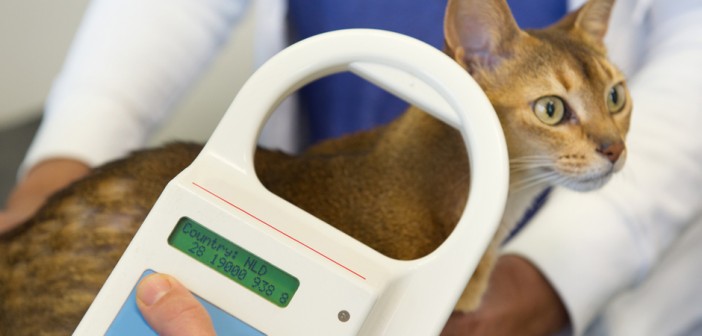The third week in April marks National Pet ID Week each year, and it gives pet owners around the country a good reminder to ensure that they’re doing everything possible to prevent pets from losing their homes. 10 million pets go missing each year, and up to 90 percent of pets that don’t have proper identification are never returned to their owners. If you think that this is something that can’t happen to your pet, consider this: 1 in 3 pets will get lost at some point in their lives, and the ASPCA estimates only 33 percent of pet owners admit their pets always have ID tags on them.
Luckily, losing your pet is something that’s relatively easy to prevent – as long as you don’t wait until it’s too late. The simplest way to prevent your pet from going missing is to make sure he or she has ID information on them at all times. Your pet should wear a collar that displays not only their name, but also your phone number. It’s better to use your cell phone as opposed to a landline in the event you are out searching for your pet when someone finds them and tries to contact you.
If you find your pet’s jingling collar irksome, which is why you remove the collar, some pet collars are ID tag-less but still display information. Purchase a solid-colored nylon collar and have your pet’s name and your contact information stitched into the collar. This will give you the peace of mind in knowing your pet has your contact information displayed while still letting you live in peace without the persistent jingling of a collar.
What happens if your pet runs away and their collar comes off, or they manage to sneak away without their collar on? Microchips were designed for just these reasons. While they won’t let someone contact you immediately if they happen to find your pet, they offer a permanent way to store your pet’s ID information.
Microchips are usually the size of a grain of rice and are inserted below your pet’s skin. While this may seem like a painful process, it is considered the same as any other vaccination process and doesn’t leave any physical side effects. An identification number is programmed into the microchip, and each ID number is unique to the microchip. Pet owners will register their microchip with a computer database that features the pet’s name, address, owner contact information, and more.
If an animal is found without identification, they are usually taken to an animal shelter or a veterinarian’s office. These facilities will have special scanners that allow them to check for a microchip and to contact the pet owners using the contact information stored on the chip.
Pets can be microchipped as young as eight weeks old, and it isn’t only cats and dogs that can receive the microchips. Horses, reptiles, birds, rabbits, and even fish can be microchipped so you don’t need to worry about them going astray.





1 Comment
This was so helpful! Thank you very much. Tagging my dog made a big difference in my life. Feel a lot better letting him run outside 🙂